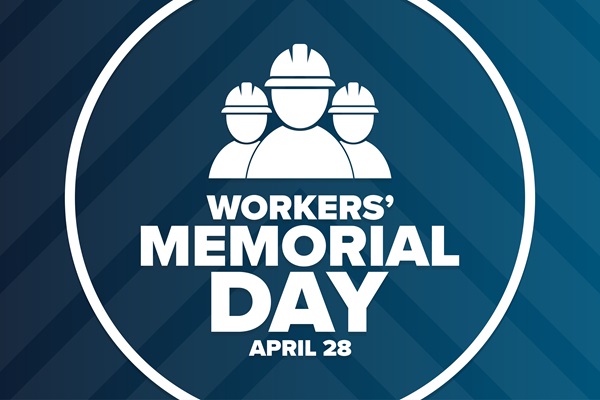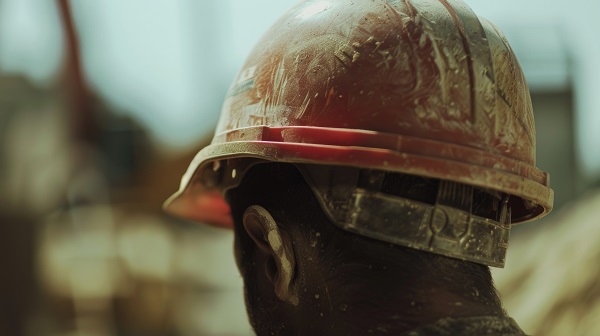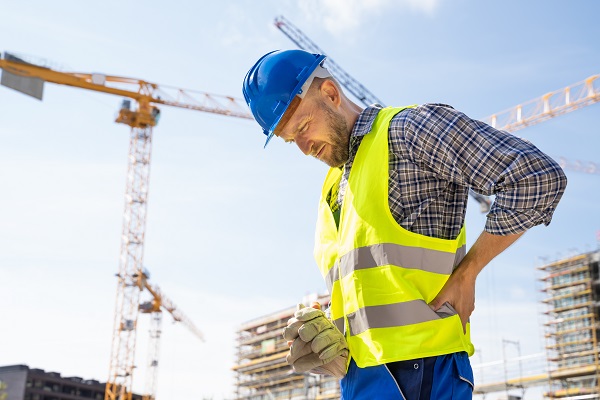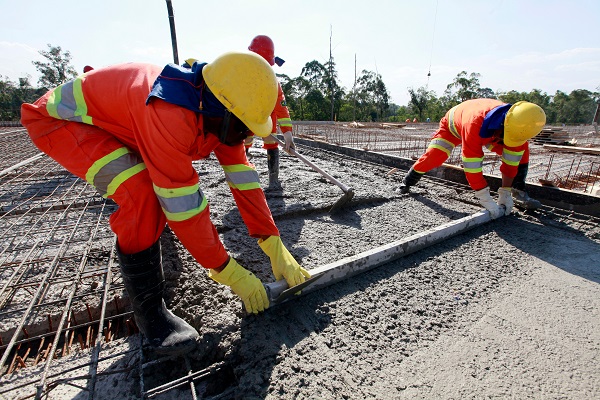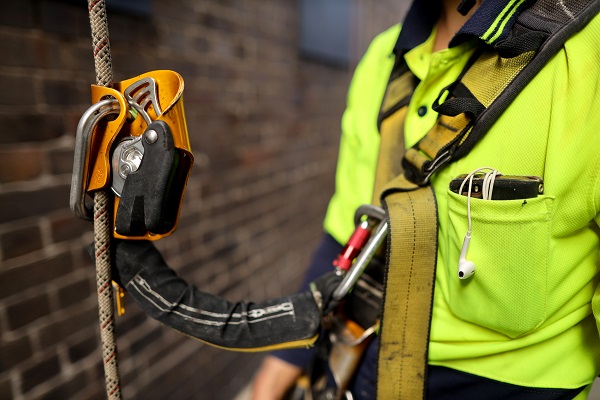Workers Face Higher Injury Risks in Excessive Heat

Workplace safety is a critical concern for employers and employees alike. A recent study by the Workers Compensation Research Institute (WCRI) has shed light on a leading risk factor in work-related injuries and illnesses: rising temperatures. Researchers compiled data and weather information from 24 states between 2016 and 2021. They discovered a clear link between higher outdoor temperatures and an increased likelihood of work-related injuries.
How does excessive heat lead to work injuries and illnesses?
According to the WCRI study, when the daily high temperature reaches 85-90°F, the chance of a worker sustaining an injury is 4.3% greater compared to days when temperatures are between 65-70°F. This risk continues to rise as temperatures climb, with a 5.3% greater chance of injury when the daily high is 90-95°F and a 6% greater chance when temperatures soar to 95°F or above.
The study also found that excessive heat has a more significant impact on traumatic injuries, such as fractures, dislocations, contusions, and lacerations.
Who is the most at risk for work injuries from excessive heat?
The construction industry is particularly vulnerable to the effects of excessive heat on worker safety. The WCRI study found that when the daily high temperature reaches 90-95°F, construction workers face a 14% higher chance of injury compared to days with temperatures between 65-70°F. This risk escalates to a striking 20% greater likelihood of injury when the daily high temperature climbs to 95-100°F.
The study also revealed regional variations in the impact of high temperatures on workplace injuries. In the South—where hot weather is more prevalent—workers exhibited a higher risk of injury under elevated temperatures.
Surprisingly, the Northeast also experienced an 8% rise in injuries when the daily high temperature reached 90-100°F compared to days with temperatures between 65-70°F.
What are common heat-related injuries at work?
Common injuries and illnesses at work due to excessive heat include:
- Heat stroke: This occurs when the body fails to regulate its temperature. Symptoms include high body temperature, confusion, altered mental state, and loss of consciousness. Immediate medical attention is required for this condition.
- Heat exhaustion: This condition includes heavy sweating, weakness, dizziness, nausea, headache, and muscle cramps. It often occurs due to prolonged exposure to high temperatures, especially when combined with high humidity and strenuous physical activity.
- Heat cramps: These are painful, involuntary muscle spasms that usually occur in the abdomen, arms, or legs. They’re often a result of heavy sweating and loss of electrolytes during strenuous activity.
- Heat rash: This appears as red clusters of small blisters or pimples on the skin, typically in areas where clothing causes friction.
- Heat syncope: This is a sudden dizziness or fainting episode due to prolonged standing or sudden rising from a sitting or lying position in a hot environment. It is caused by a reduction in blood flow to the brain as blood pools in the legs.
- Heat edema: This is swelling of the hands, feet, and ankles that can occur when working in a hot environment. It’s typically caused by the body’s adaptation to heat, which includes the dilation of blood vessels and increased fluid retention.
What should employers do to prevent heat-related work injuries?
Employers should prioritize the development and implementation of heat safety protocols, including providing adequate hydration, rest breaks, and shade or cooling areas for workers. Policymakers should consider the implications of rising temperatures on worker safety and explore potential regulations or guidelines to mitigate the risk of heat-related injuries. Further research and data collection are necessary to better understand the issue and inform evidence-based decision-making.
Get the benefits you deserve after a work-related heat injury
If you have suffered a work-related injury due to excessive heat exposure, it’s important to seek help from an experienced workers’ compensation attorney at the Law Offices of Deborah G. Kohl. With nearly 100 years of combined experience handling workers’ compensation cases in Rhode Island and Massachusetts, we understand the system and can help you obtain the benefits you deserve.
We believe every hard-working person deserves full and fair compensation for workplace injuries. We’re committed to providing personalized legal support tailored to your unique needs. Contact us today to schedule a free consultation and learn how we can help you.
Leave a Comment »



